5 Minute Blender Salsa
This ultimate restaurant-style Blender Salsa beats the pants off any jarred stuff for flavor and takes literally just 5 minutes to throw together. Easy, customizable, and guaranteed to have the same effect as the salsa bowl at your favorite Mexican restaurant — no one can resist!
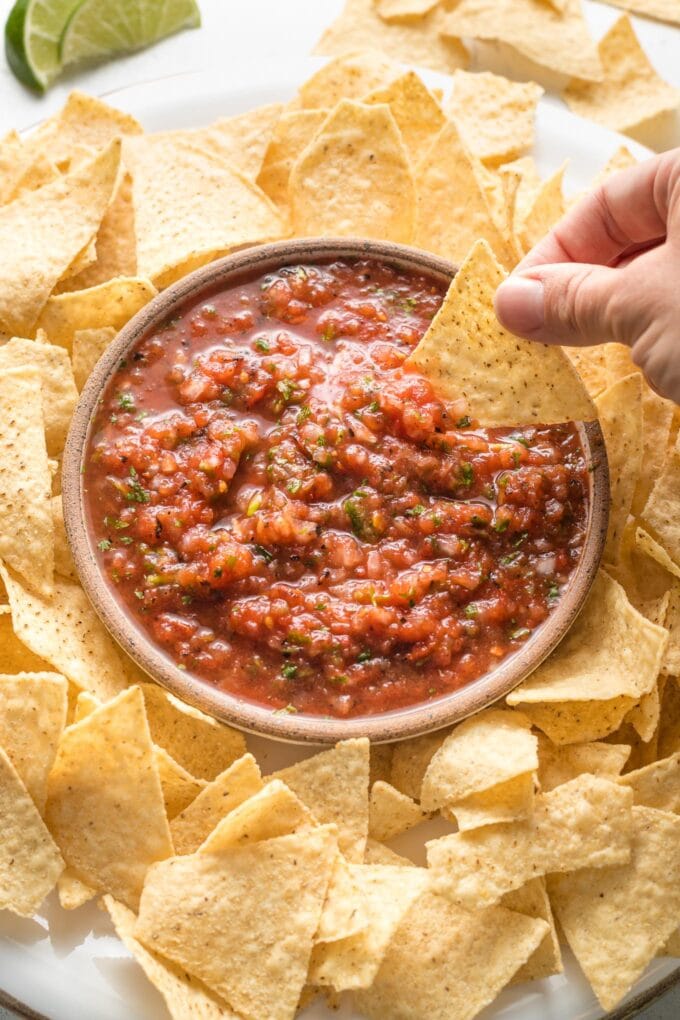
Easy Blender Salsa Recipe
There’s something particularly enticing about the bowl of salsa they bring out at your favorite Mexican or Tex-Mex restaurant. Relatively smooth, just a touch of heat, and utterly irresistible. This recipe is the best and easiest way to replicate that amazing salsa right at home. Best of all, it takes literally 5 minutes to blitz together in your trusty blender.
Blender salsa is a must for game day and parties! It pairs perfectly with baked chicken taquitos, ground beef tacos (so easy in the Instant Pot!), Baja chicken tacos, or a tray of pinto bean nachos.
Why We Love It
- Just SIX ingredients, plus a smidge of spices: salt, pepper, and cumin. This is so easy to throw together, and there’s no need to mince or dice anything. Just a rough chop and the blender takes care of the rest.
- Major flavor. This salsa has an incredible aroma and taste. Fire-roasted tomatoes provide the base, while fresh cilantro, onion, pepper, and lime deliver crisp, bright flavor no jarred salsa can match.
- You control the heat and texture. Dial up or down the pepper for more or less heat, and blitz more or less in the blender to make the salsa more chunky or smooth. You can make salsa just the way your family likes it best!
- Keeps well. Blender salsa is easy to store in the fridge — in fact it tastes best after the flavors have a chance to mingle. Make it today and enjoy with a variety of meals over the next week or two!
Ingredients & Common Substitutions
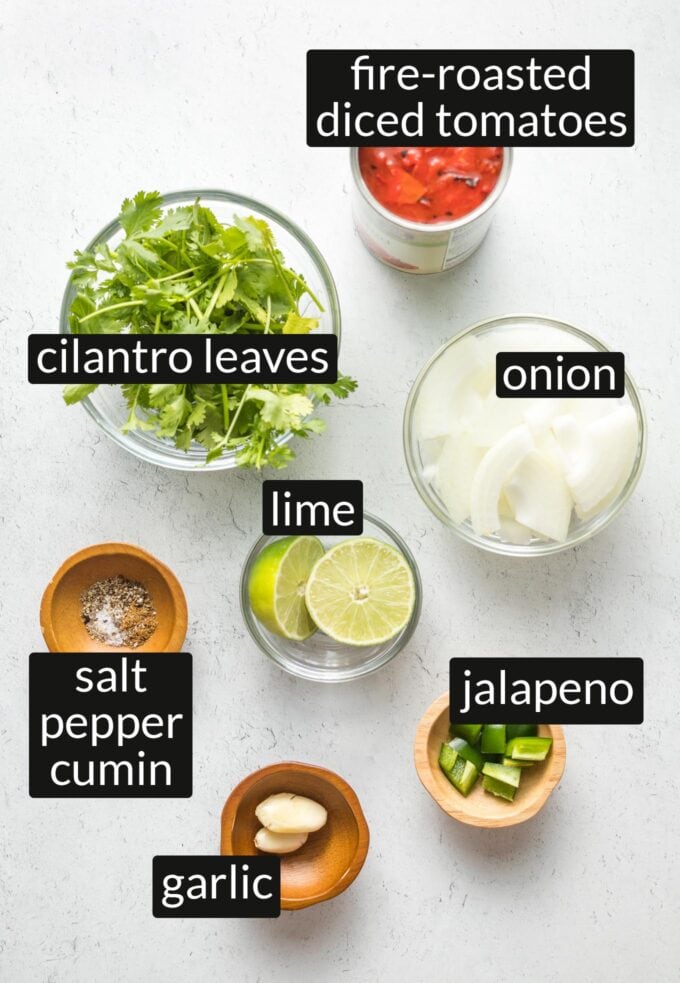
Here are a few notes and shopping tips about the ingredients you’ll need. Find full amounts in the print-friendly recipe card below.
- Canned fire-roasted diced tomatoes. Using fire-roasted tomatoes is one of my favorite shortcuts to major flavor. (It’s also my favorite trick for this Instant Pot tomato soup.) You can use regular diced tomatoes in a pinch, just be prepared to add extra seasonings to taste if desired. You can also use 1.5 cans of Rotel, which is essentially a blend of tomatoes and green chilis.
- Fresh cilantro. Although cilantro leaves grow from the coriander plant, dried coriander is completely different in flavor and texture. If you have the gene that makes cilantro taste like soap, (a) I’m so sorry, and (b) just leave it out.
- Onion. An ordinary everyday yellow onion is your baseline. Red, white, or sweet onions all work well as swaps. Experiment to see what you like best.
- Jalapeño. I use half of a medium-sized jalapeño, and remove all the ribs and seeds, because we like the salsa fairly mild. (Kids!) Even if you like a mild salsa, I would recommend still including the jalapeño. Without the ribs (the little white parts that line the insides) and the seeds, it will add great flavor without much heat. Add more to make the salsa more spicy to taste.
- Lime juice. Can’t have salsa without that citrus zing! Fresh is terrific, but bottled is fine.
- Garlic. I use two small-medium cloves. You could sub garlic powder if necessary; start with 1/4 teaspoon and add more to taste.
- Spices: salt, pepper, and cumin.
How To Make Blender Salsa
This is every bit as straightforward as you would think: add all the ingredients to a blender. Just smash the garlic a bit with the back of a knife, and roughly chop the cilantro and onion. No need to dice finely — the blender will take care of that.
Pro Tip
Remove most of the stems from the cilantro. Simply cut off any thick stems at the bottom, and pull leaves off of the rest. Don’t let perfectionism slow you down: a few stems are OK, but because they don’t break down well in the blender, tossing in all of the stems will give the salsa an odd texture.
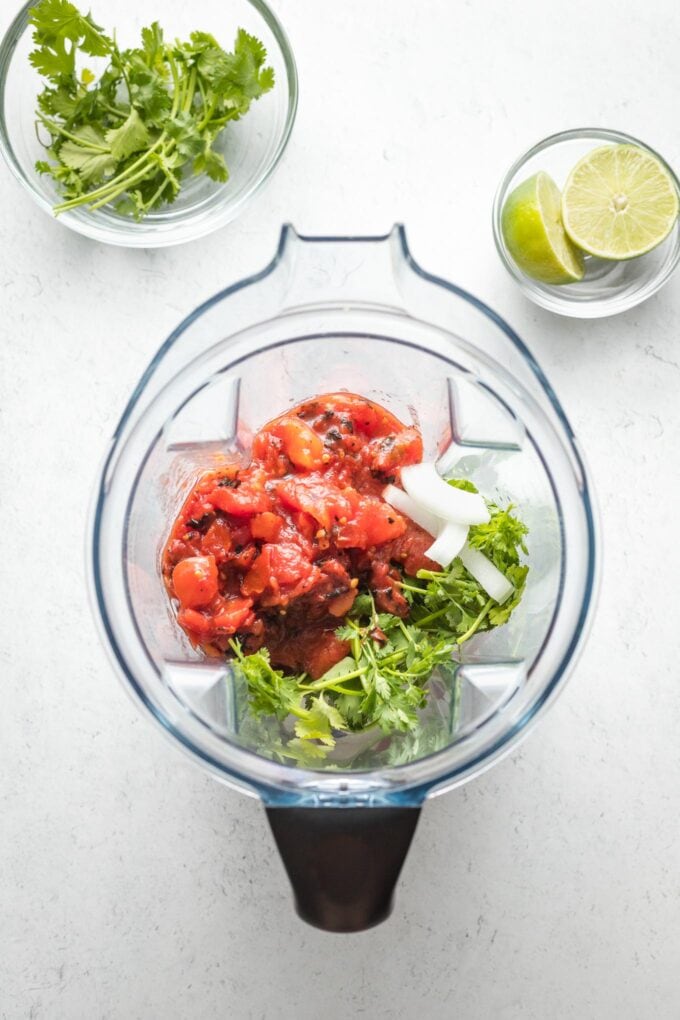
Pulse or blend for about 1 minute, until the salsa is nearly as smooth as you like it. For the absolute best results, stop just shy of where you want the texture. Taste, and add any extra lime juice or salt, then give the salsa another quick pulse. This way you get the flavor just right without over-blending. Boom: salsa perfection!
Can I use a food processor instead of a blender?
Yes, absolutely! Simply add all of the salsa ingredients to the bowl of a food processor fitted with the standard metal blade. I do recommend using the food processor’s pulse setting, to give you full control over the final texture.
Tips, Tricks, & Variations
- Worth the squeeze. If you don’t love your current method of juicing lemons and limes, I highly recommend this simple manual citrus press. It is so incredibly easy to use, affordable, and efficient. Bonus: it’s an easy and fun job for kids in the kitchen.
- Let it linger. This salsa is definitely super tasty straight out of the blender, but develops even more flavor after 24-48 hours in the fridge, as all the flavors mingle and deepen. If you don’t have that kind of time, even letting it hang out in the fridge for 20 minutes before serving gives the salsa a pleasant chill and enhances the taste.
- Extra onion? Stash in the freezer! This recipe calls for about 1/2 of a small onion. If you find it annoying to have half an onion leftover — me too! But it’s much less annoying once you start putting the extra in the freezer. Literally just chop, pop it into a freezer-safe ziplock, and stash it for up to 3-4 months. Use it straight from frozen in any recipe that calls for chopped onion. Saves time later and minimizes food waste!
- For chunky salsa, pulse, don’t blend. If you prefer a salsa with larger pieces of tomato and onion, use the pulse setting on your blender, or just blend for a few seconds at a time, so you can stop when it reaches the consistency you like.
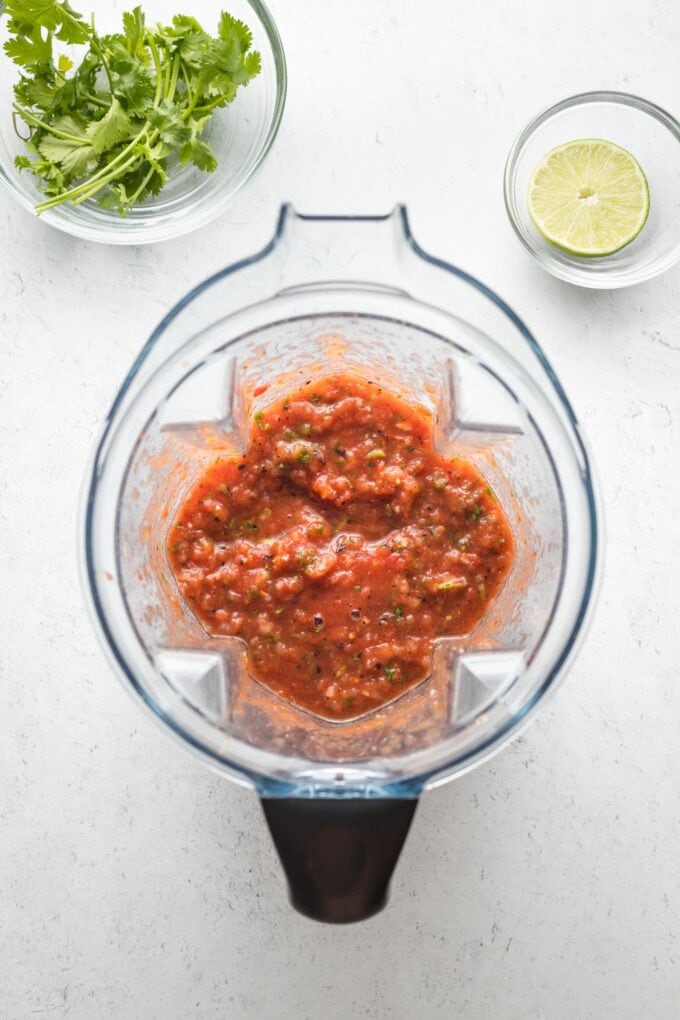
Frequently Asked Questions
Can you make good salsa with canned tomatoes?
Yes! Canned tomatoes are usually packaged near the peak of freshness, and a good-quality brand will have excellent flavor. Plus, fire-roasted tomatoes have extra sweetness and heat that is perfect for infusing flavor into salsa, and this effect would take considerable time and effort to replicate at home. So canned tomatoes are a terrific option for making great salsa year-round.
Should I drain the juices from the tomatoes?
This recipe is written for one 15 ounce can of diced tomatoes undrained, meaning you pour the entire contents of the can into the blender. That said, if you know you want a thicker, yet still smooth salsa, go ahead and drain all or part of the liquid out. If you double the recipe, you could also drain just one can to split the difference.
What does “restaurant-style” salsa mean?
Restaurant-style salsa most often has a relatively smooth texture and thin consistency, which is achieved by finely dicing the ingredients and including the right balance of liquids. A blender or food processor is the perfect tool for replicating this style of salsa at home! In contrast, you’d hand chop the tomatoes for pico de gallo or another more chunky salsa.
Is homemade salsa economical?
You might wonder, is it cheaper to make your own salsa? In truth, the ingredients for homemade salsa cost about the same as a jar of store-bought salsa — and possibly a bit more, if you have to buy more produce than you need for just the salsa. Homemade salsa’s advantage is all in the taste and the ability to adapt it to your own preferences.
Storage
Store this salsa in a mason jar or any other air-tight container for up to two weeks in the fridge.
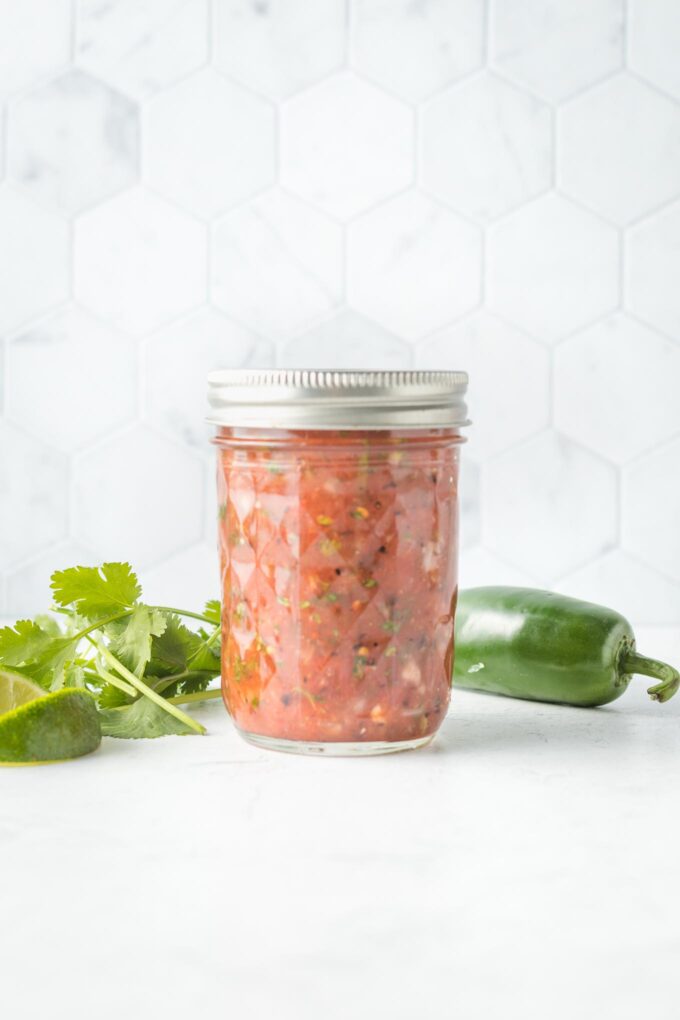
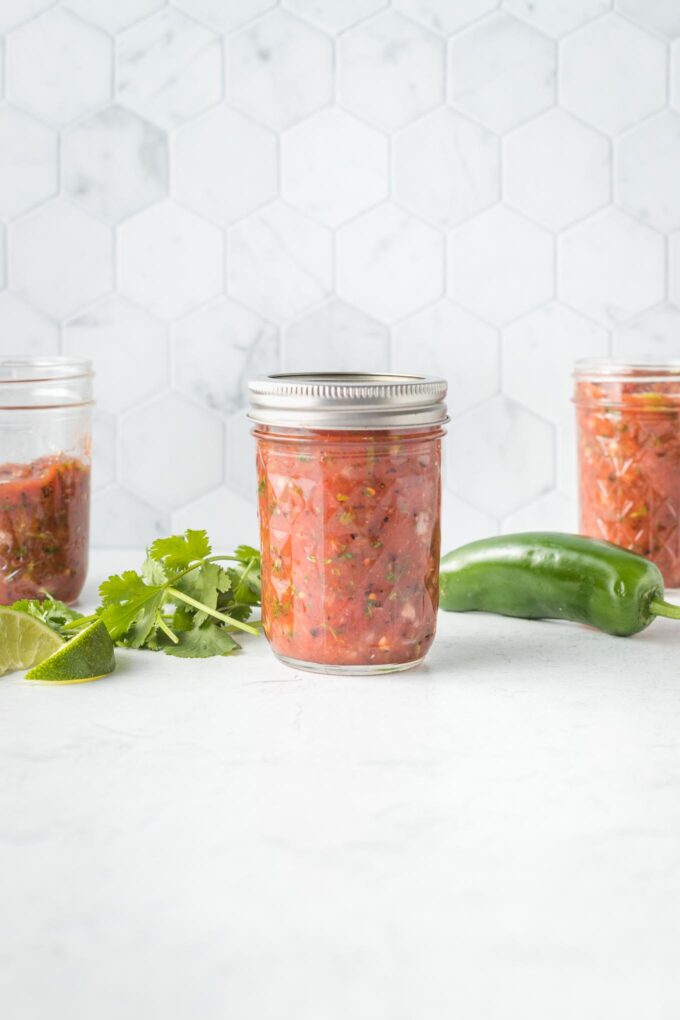
Can you freeze homemade salsa?
Some say you can freeze homemade salsa, but candidly, I don’t recommend it. You lose a lot of the vibrancy and fresh flavor, and the texture can be slightly off, owing to the formation of small ice crystals. You’re better off just eating the whole batch, then making more as needed.
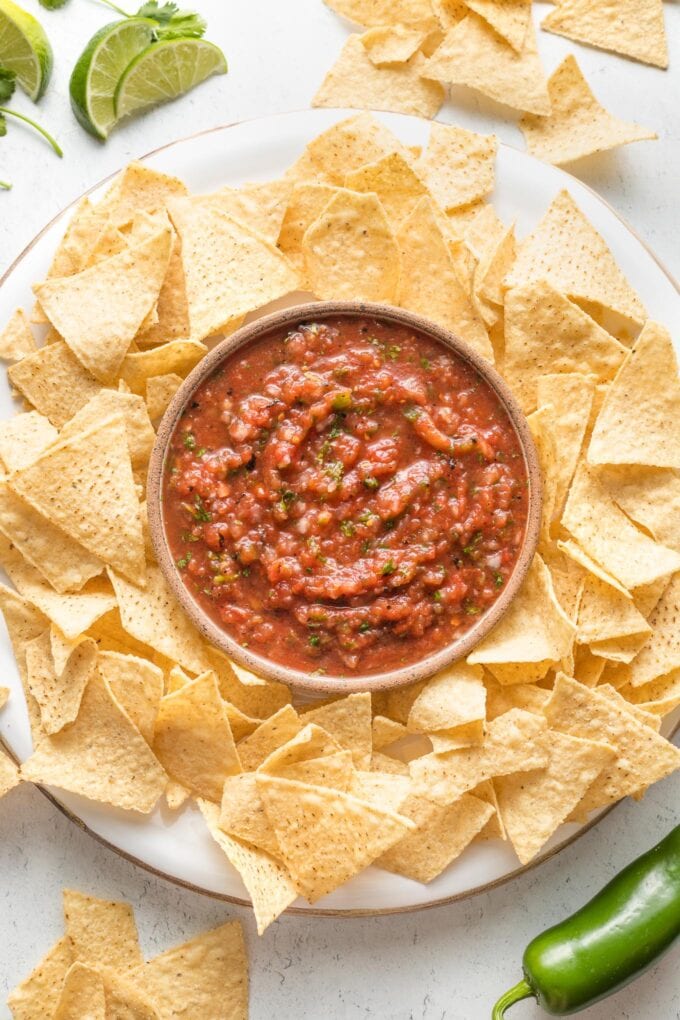
Serve Blender Salsa With These Mexican Favorites
- Sheet Pan Chicken Fajitas
- Oven-Baked Chicken Black Bean Taquitos
- Instant Pot Ground Beef Tacos
- Skinny Baja Chicken Tacos
- Simple Black Bean Tacos
- Pinto Bean Nachos
More Easy Homemade Salsas and Dips
If you try this restaurant style Blender Salsa recipe, don’t forget to rate it and leave a comment below. I love hearing how recipes turn out in your kitchen, and it helps other readers, too.
You can also FOLLOW me on PINTEREST, INSTAGRAM, FACEBOOK, and TWITTER for more great recipes and ideas!
5-Minute Blender Salsa
Ingredients
- 1 (15 ounce) can fire-roasted diced tomatoes
- 1/2 small yellow onion sliced
- 2 cloves garlic smashed
- 1/2 jalapeno pepper I prefer to remove the ribs and seeds
- 1/2 cup fresh cilantro leaves remove most stems but a few are OK
- 1-2 tablespoons fresh lime juice
- 1/4 teaspoon ground cumin
- pinch kosher salt
- 8-10 cranks fresh-ground black pepper
Instructions
- Combine all ingredients, beginning with just 1 tablespoon lime juice, in a high-speed blender or food processor. Blend for about 1 minute.
- Taste. Add extra lime juice and salt to adjust salsa to taste. Dig in!
Notes
- Store salsa in the fridge for up to two weeks.
- This recipe is written for one 15 ounce can of diced tomatoes undrained, meaning you pour the entire contents of the can into the blender. If you prefer thicker salsa, drain all or part of the liquid out. If you double the recipe, you could drain just one can to split the difference.
- You can also use a food processor on its pulse setting to make this salsa.
Nutrition Estimate
This post was originally published on June 7, 2021, and has been updated with more detailed storage notes and variations. The recipe is unchanged.


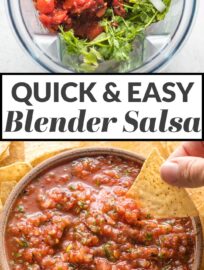
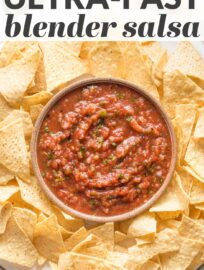
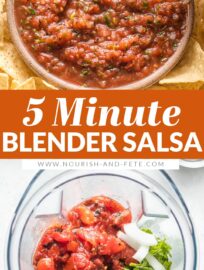
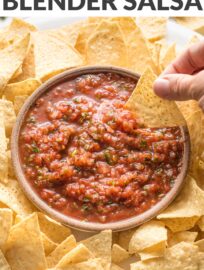
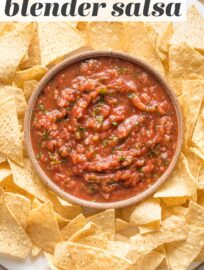
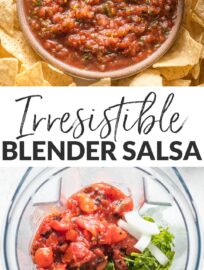
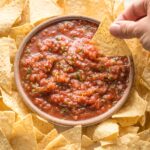

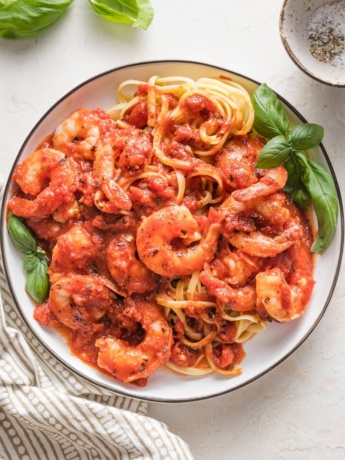

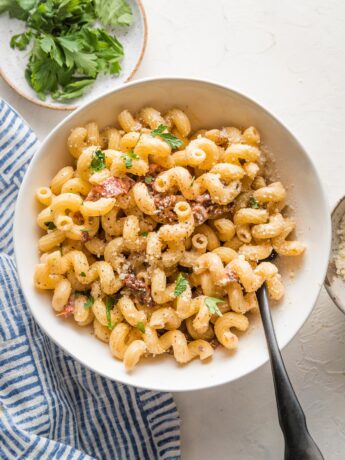
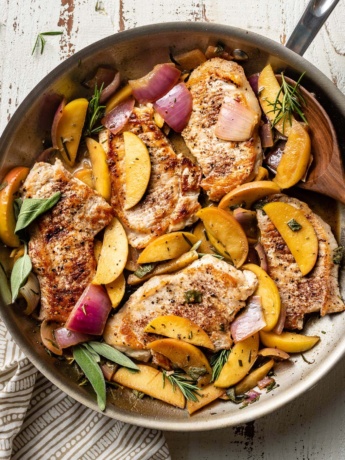

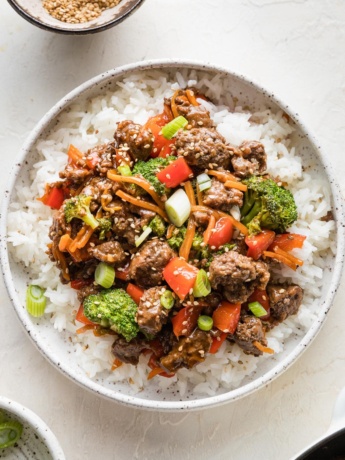
I eat salsa on everything. Homemade salsa is the best and this recipe is tasty, fast, and easy to make..
This is my go to recipe for homemade salsa, which I make weekly. I do only use regular tomatoes, not the fire roasted but it still turns out amazing.
Very good flavor! I added extra jalapenos because we like our salsa spicy, plus the seeds for even more heat.
This is a really great salsa, just like you’re served at restaurants. Throwing everything into the blender without chopping makes it so easy.
Ooh, good tip about removing the stems! I’m usually too lazy and just use everything. I’ll be trying this soon. Thanks so much!
Homemade salsa is always the best! 🙂 And I really love how easy this recipe is to make using the blender. Making this for our next taco night.
This is my go-to salsa recipe! The only thing I changed is I used fresh tomatoes instead of canned. I used it to go with my chilaquiles rojo. It’s fresh, delicious, and way better than the jarred stuff.
This salsa was so incredibly easy and turned out great! I think this is how we’ll be making it from now on!
Homemade salsa is the best. Made fresh and easy with simple ingredients. Perfect for dipping and more.
I made this blender salsa for a football game party we hosted this past weekend and people were asking to take some home. Glad I saved a stash for us in the fridge. LOL!
We always have a bowl of salsa for game day dipping and this recipe is one of our favourites. It’s so quick and tasty… actually it tastes just like the salsa we get at our favourite Mexican restaurant.
This is my new favorite salsa. The whole family loved it and it’s very easy to make. I cannot get any decent salsa where I live so I am very excited to have an easy to make alternative.
I am so thrilled that you love it! I, too, have lived in places where you really can’t buy good salsa, so I know the joy of making your own all too well. 🙂